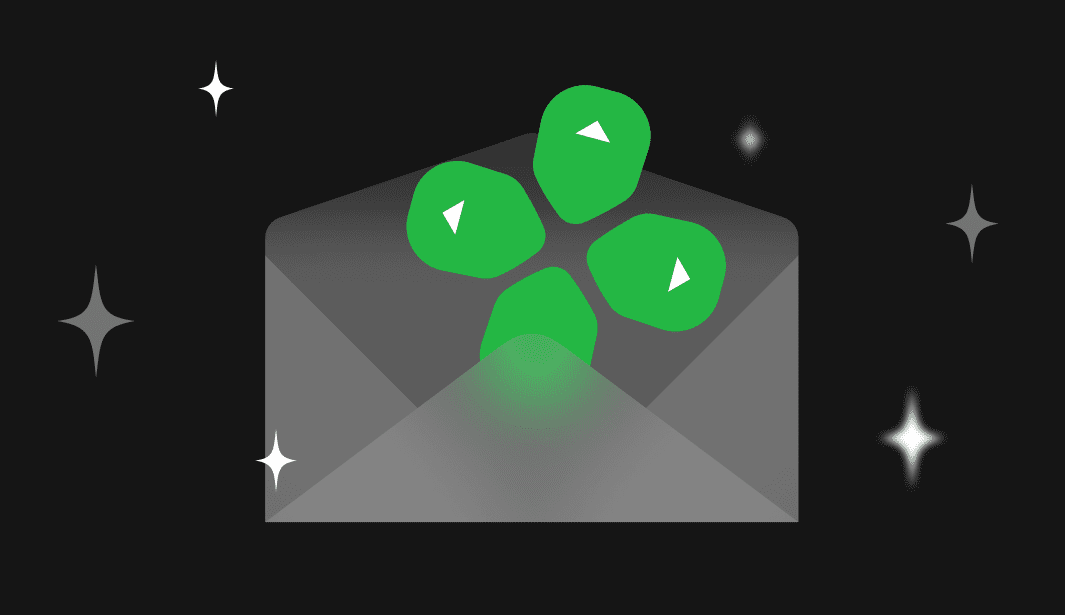

21 mai

L'éditeur Stripo fonctionne mieux sur un ordinateur de bureau
Et si nous vous envoyions un rappel pour tester Stripo plus tard sur votre ordinateur ?
0 commentaires